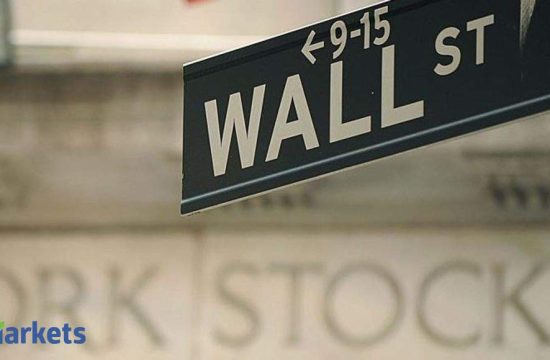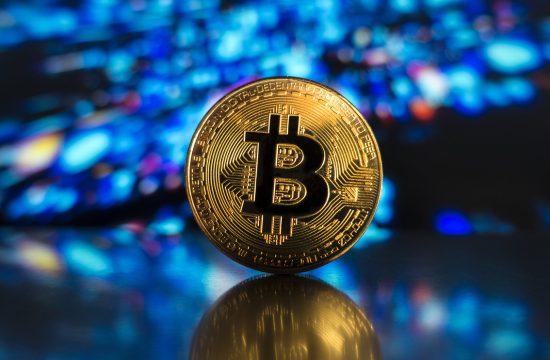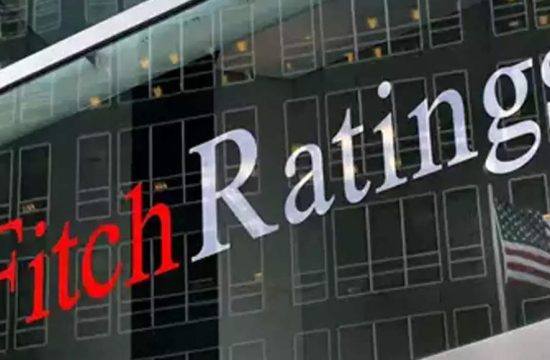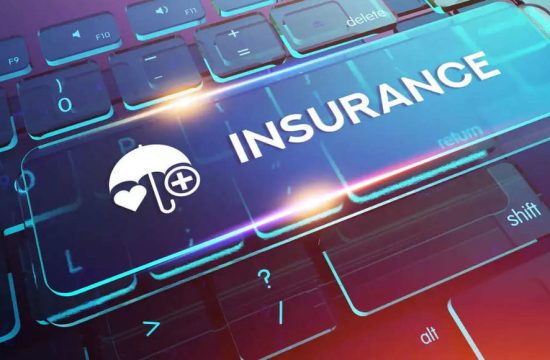
The Small Business Administration on Wednesday released a new application and loan calculation formula for Paycheck Protection Program loans for self-employed and gig workers.
For these small businesses, it will mean larger forgivable loan amounts going forward.
In addition, the SBA released updated guidelines for lenders on calculating loan amounts for Schedule C filers and new eligibility rules for borrowers, including those who had struggled with student loan debt, had non-fraud felony convictions or were non-citizen business owners.
Claudia Radu, a sole proprietor who runs Vinyl Creations by CR in Woodstock, Georgia, hopes that the new guidelines will mean a larger loan for her craft business. Radu, 38, had applied for a PPP loan in the first and second rounds but wasn’t able to get any money because funding ran out so quickly.
In August, she applied again through her bank and was approved — for a loan that was a little more $ 160, she said.
“I was a little bit shocked,” she said. Since $ 160 wouldn’t even cover her monthly electricity bill, Radu added, she didn’t take out the loan. Now that there is a new calculation that would help her get a larger loan, she’s waiting for her lender to tell her that it’s ready for her application.
“I already have all my paperwork ready, I’m just waiting,” Radu said.
The Biden-Harris administration in late February announced updates to the SBA program aimed at helping the smallest businesses access the forgivable loans. At the same time, the administration announced a priority application window for some borrowers — starting Feb. 24, lenders have only been processing applications from businesses with fewer than 20 employees and will continue to do so until March 9.
But that led to confusion for some borrowers and lenders. While the priority window opened in late February, the new eligibility rules and updated loan calculation formula for some borrowers weren’t set to go into effect until the first week of March.
What’s changed
The new calculation is important for millions of sole proprietors and self-employed and gig workers in the U.S., as it will lead to larger forgivable loans through the program.
Previously, the SBA used net profit as a stand-in for payroll costs for businesses without employees, even though payroll and profit are different measures.
In addition, the net income line on IRS Form 1040 Schedule C includes deductions, which reduced or eliminated the amount for some, leading to small loans or making them ineligible for the program. Using gross income — generally a larger number — will solve some of these issues.
The SBA on Wednesday released two new application forms for sole proprietors with the new calculation: Form 2483-C, for those applying for a first draw PPP loan, and Form 2483-SD-C, for those applying for a second draw loan.
The new PPP application for self-employed workers and sole proprietors who file IRS Form 1040 Schedule C now asks for the total amount of gross income, found on line 7 of the tax form. Previously, Schedule C filers applying for PPP loans were asked to give the SBA their net profit, from line 31 on the form.
More from Invest in You:
Lost jobs, no childcare: A year into the pandemic, women are not OK
The IRS got 35 million tax returns in one week as Americans race to file
Smallest businesses getting extra PPP help. What to know before applying
The updated guidelines also included a new rule for businesses whose gross income is more than $ 150,000 — these firms could later be subject to a review by the administration.
And, the new calculation doesn’t increase the ceiling loan amount for the smallest businesses — the most they could receive is still $ 20,833, according to the SBA.
“The fact that the amount that they could receive didn’t change makes sense, that’s in the spirit of the program,” said Megan Gorman, an attorney and managing partner at Chequers Financial Management in San Francisco.
“The upper limit of what someone can make is not changed, what they’re really trying to do is trying to bring up the lower end of it,” said Alex Prombaum, president of Liberty SBF, a nonbank lender.
There’s still some waiting time
Now that lenders have the updated guidelines and application forms from the SBA, they are racing to add them to their system so that businesses can use them, said Chris Hurn, CEO and founder of nonbank lender Fountainhead.
In addition to adding the forms to systems, lenders also must educate the people working on these processes to incorporate the new information.
“There’s going to be an operational curve for lenders to adopt these things,” said Prombaum.
Beyond lenders, the SBA is also updating its systems to be able to accept and process the new application forms. The agency will be able to accept the new applications in its systems on Friday, March 5, according to the SBA.
Adding to frustration for some businesses that would be subject to the new rules is that the 2-week priority application window for the smallest firms closes on March 9, only a few days after the SBA will be able to process applications under the new rule.
To be sure, lenders do not think that the program will run out of money, meaning that sole proprietors will be able to apply for funding even after the priority window closes.
So far, the SBA is about halfway through the total amount of money they have available in the current round. This year through Feb. 28, the SBA has approved 2.2 million loans equaling more than $ 156 billion. When the program reopened in January, it had $ 284 billion in funding.
“I don’t think there’s any chance whatsoever that money is going to run out between now and March 10,” Hurn said. A larger issue is the looming March 31 deadline for the entire program, he said.
“I think this absolutely should be extended,” said Hurn, adding that he hopes that lawmakers act to address the deadline sooner rather than later.
If you’re a small business with a story to share about PPP, email Carmen Reinicke at carmen.reinicke@nbcuni.com
SIGN UP: Money 101 is an 8-week learning course to financial freedom, delivered weekly to your inbox.
CHECK OUT: Here’s the credit score you need to buy a home via Grow with Acorns+CNBC.
Disclosure: NBCUniversal and Comcast Ventures are investors in Acorns.





